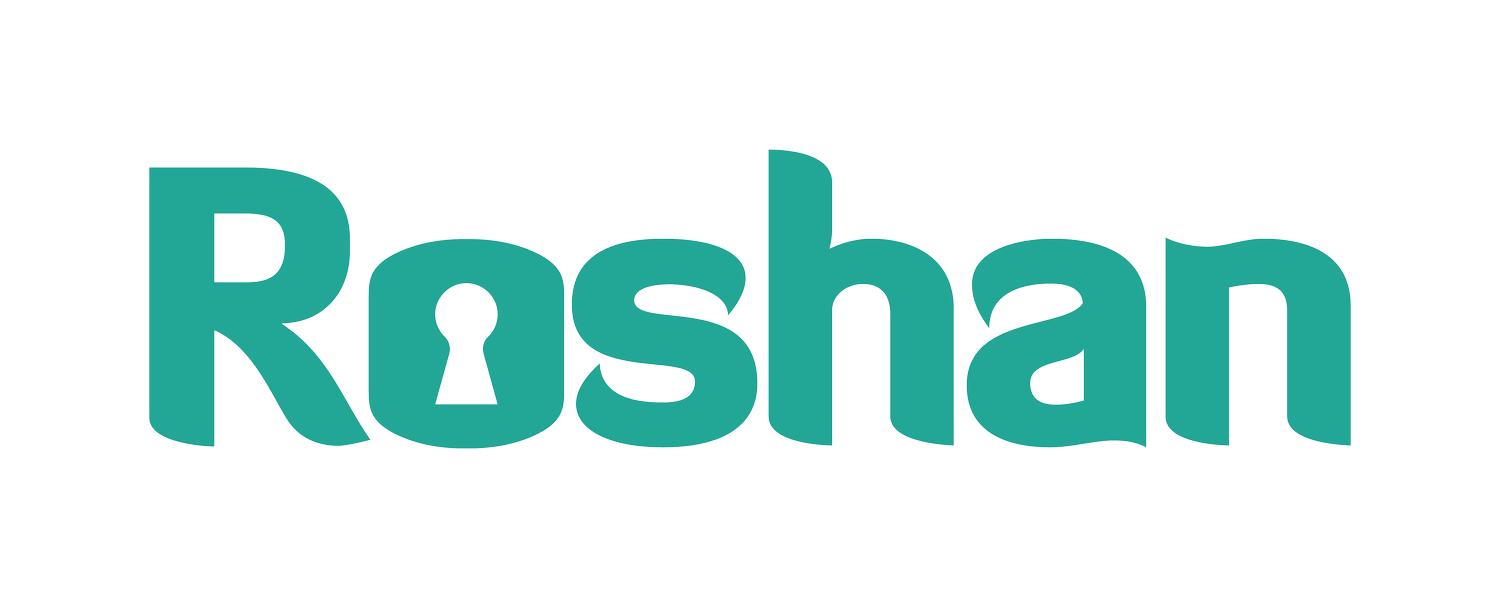Frequently Asked Questions
about Refugees
-
Asylum seeker: An asylum seeker is someone who is requesting protection from another country. Every refugee is initially an asylum seeker until their application for refugee status is accepted by the country.
Refugee: A refugee is someone who has fled their home country due to a well-founded fear of persecution whose claim for refugee status and protection has been accepted by the United Nations High Commissioner for Refugees (UNHCR).
[Source] — link to “Amnesty” website
goes here
-
There are many reasons why refugees leave their home countries. War, violence, persecution or human rights violations force people to flee in order to seek protection. After they leave, they are unable to return home due to fear or threats to their safety.
Approximately 50% of refugees in Indonesia are from Afghanistan and belong to the Hazara ethnic minority. Due to their ethnicity and religious background, they are systematically targeted by the Taliban and also marginalized in many areas of life by the majority ethnic group. Tragically, many of the bombings reported in Afghanistan are targeting Hazara communities and schools.
Somalis who form the second largest refugee population in Indonesia are seeking safety from decades of violent civil war and major political instability. Since the 1990s, over 800,000 Somalis have been driven out of their home country and millions displaced internally.
-
For refugees, the journey across international borders is often a difficult and dangerous one. Many people have lost their lives while trying to escape to another country. Most asylum seekers come to Indonesia by plane or boat, with many stops along the way. Upon arrival in Indonesia, they make a claim for refugee status with UNHCR.
-
With nearly 26 million refugees worldwide, spaces for resettlement in third countries are extremely limited. Globally, less than 1% of refugees are resettled each year. The wait for resettlement is long, and in many cases, indefinite. Most of the refugees in Indonesia have already been waiting for upwards of five to ten years with no end in sight.
-
Refugees initially came to Indonesia due to the country's proximity to Australia. However, in 2013, Australia implemented a new policy of 'turning back' refugees arriving by boat, thus cutting off the exit route from Indonesia. With this policy, the number of refugees in Indonesia jumped from a few hundred in 2007 to over 14,000 refugees in 2019. Since 2022, the pace of resettlement has picked up again and the number of refugees has decreased to a little over 12,000.
-
As Indonesia is not a signatory of the 1951 Refugee Convention or the 1967 Protocol, refugees in Indonesia do not have the legal right to employment and are required to find their own means of survival. In recent years, we have seen refugees finding creative ways to access remote employment and freelance work, run small entrepreneurial projects, or take advantage of local apprenticeship/internship opportunities that may help cover some living costs. However, as these are all gray areas, the risk of imprisonment or detention remains a real concern.
Refugee children and young adults have severely limited access to formal education in Indonesia and there remains no country-wide established mechanism for enrolling refugees in local schools. A significant number of refugees (approximately 2000) therefore rely on community-led education programs such as Roshan while others remain out of school.
However, in recent years, significant progress has been made through cooperation between the Indonesian government and international organizations serving refugees. As of January 2023, a little less than 25% (around 800) refugee children were enrolled in public schools. We are also aware of occasional cases of children enrolling in local private schools through individual sponsorships or scholarships.
For those who are eligible to attend local public or international schools, there are many barriers preventing participation, including language and lack of funding. Others who do join local public schools may face challenges such as discrimination and lack of training for teachers in caring for refugee children’s unique needs. Roshan is not able to confirm if children enrolled in public schools will receive credentials or credits that is transferable to school systems in other countries.
-
The majority of refugees in Jakarta are required to find their own housing, with entire families often living together in small apartments or kosts (small boarding rooms in houses or low-rise buildings). Roughly 7,000 refugees, the majority of whom live outside of Java, live in mass housing managed and provided by International Organization of Migration (IOM).
Approximately over 100 refugees who have no other options live in very poor, camp-like conditions in a former immigration detention facility called Kalideres in West Jakarta. In some occasions, the number of refugees seeking shelter in Kalideres swelled to over 800.
-
There is a loose collection of organizations, agencies, and groups working to support refugees in Indonesia. These vary in scale and purpose, however there remains a gap in services. Some provide financial, medical and housing support, while others like Roshan focus on education. There are also many individuals across Indonesia who support refugees through donations, volunteering, and advocacy.
Data source: UNHCR Refugee Data Finder

